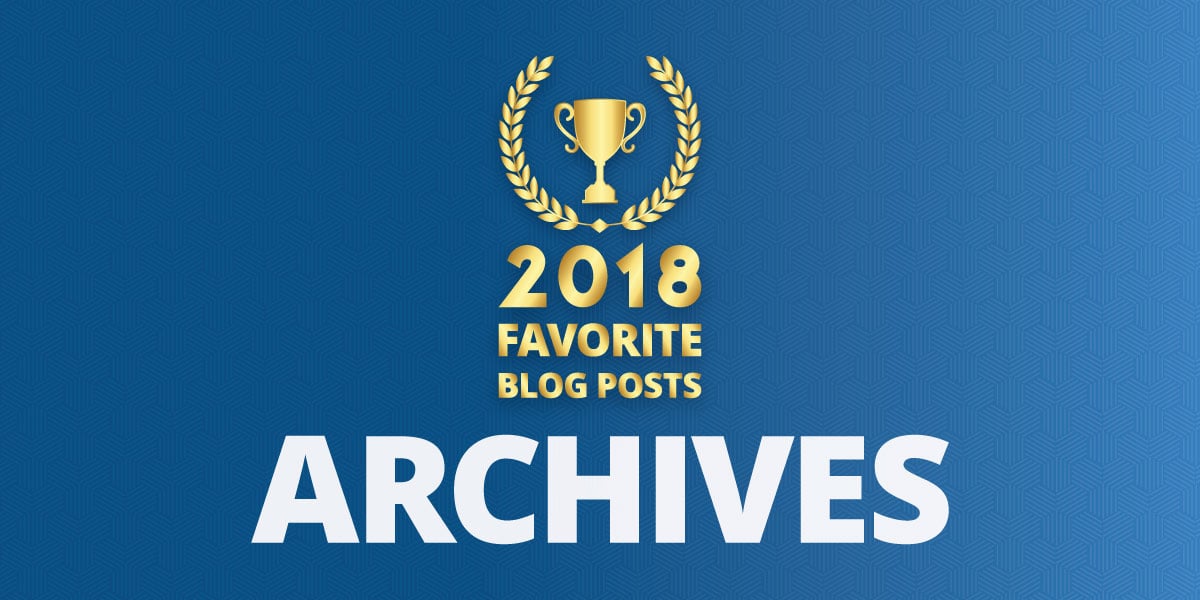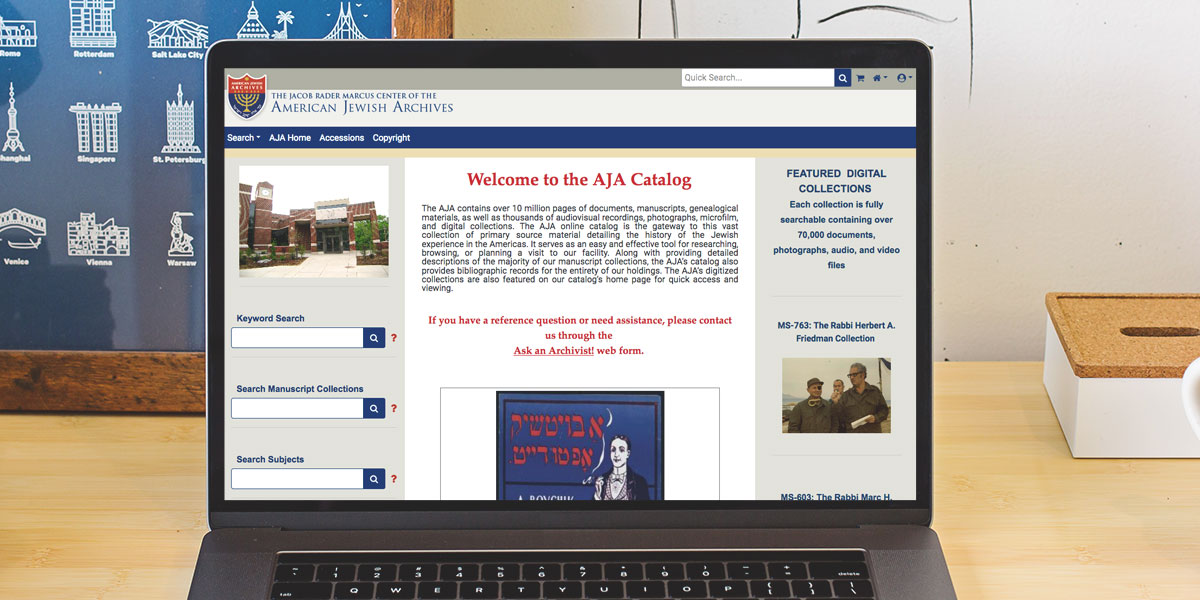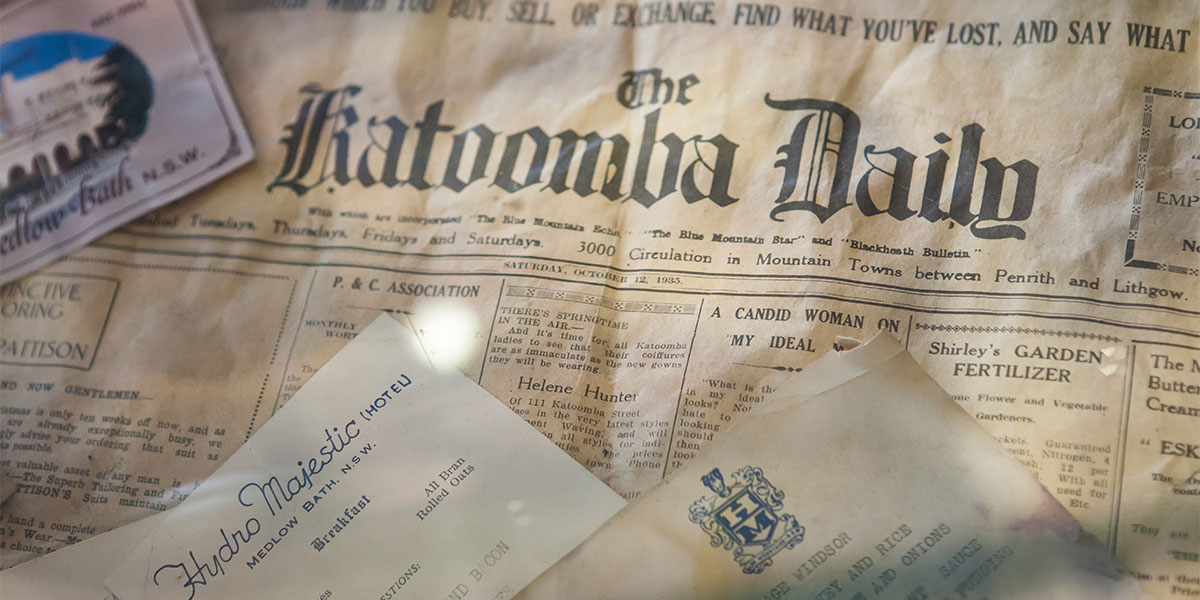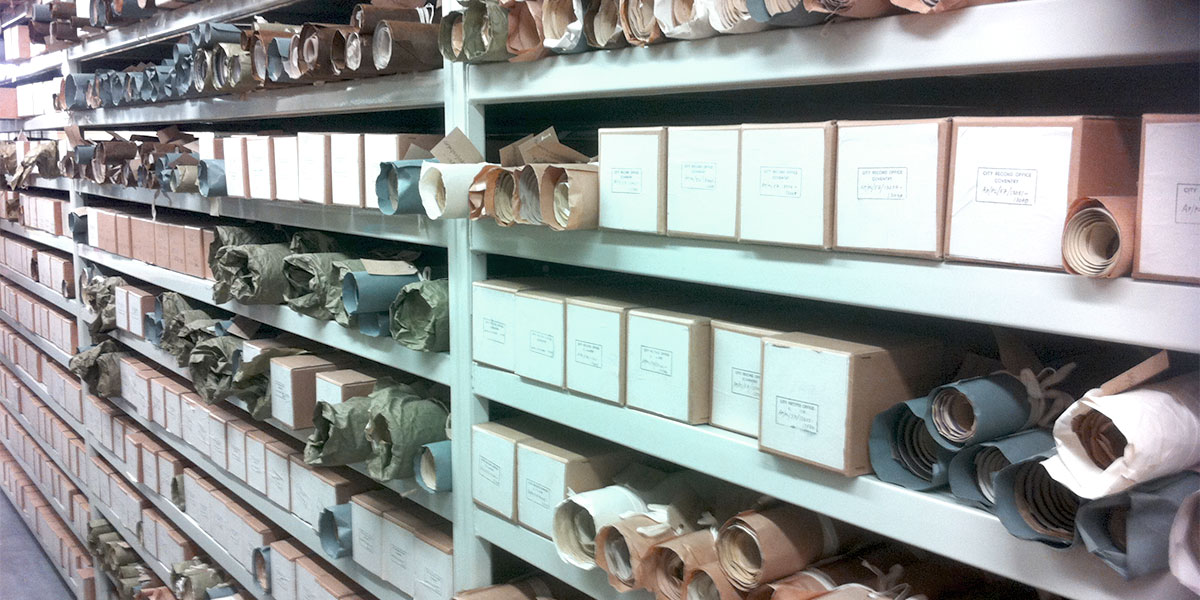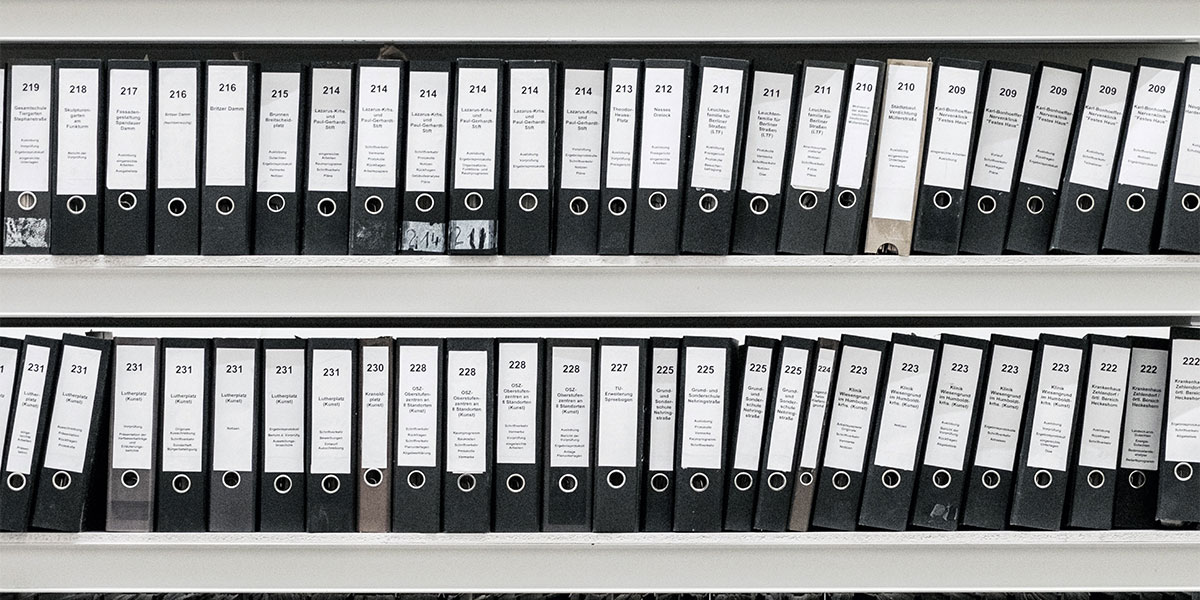For many of the museums I’ve worked in (and with, as a consultant), the development of digital collections was haphazard. The evolution of museum collections management software, digitization technology, and issues such as digital preservation and storage have all contributed to an uneven approach to publishing digital collections online.
We've Moved!
Think Clearly has a new home! Click here to see our latest posts.
*If there’s older content you’d like to catch up on, you can browse right where you are, until Friday, April 5th.
We know it takes a minute to get used to change!
Topics: Museums, User Engagement, Collections Management
The results are in! Guest blogger Margot Note’s archives blog posts have strong readership, but we noticed enthusiasm for three in particular, demonstrating readers’ interest in digital archives, and what digitization means for preservation and description. They’re worthy of a reprise, and just in case there’s anyone out there who missed them the first time… please read on!
Topics: Digital Archives, Archives, Collections Management
The Jacob Rader Marcus Center of the American Jewish Archives (AJA) is located on the Cincinnati campus of the Hebrew Union College-Jewish Institute of Religion. It was established in 1947 by renowned historian Dr. Jacob Rader Marcus to collect, preserve, and make available for research, materials on the history of Jews and Jewish communities in the Western Hemisphere.
Topics: Inmagic Presto, KM, Archives, Collections Management
Preserve, Curate, or Steward? Changing Definitions in Digital Preservation
Digital preservation is a series of managed activities necessary to ensure continued access to digital materials for the highest utility—and for as long as possible or necessary. Archivists work to save bits and bytes beyond the limits of media failure, software obsolescence, and technological change. The phrase “digital preservation,” however, has been questioned because it may not sufficiently describe what needs to occur for digital materials to be accessible over time.
Topics: Digital Archives, Collections Management
As our understanding of digital preservation, curation, and stewardship matures, archivists and other information professionals have begun to question some of our assumptions about preservation. To address current needs, the practices we have developed and taken for granted for decades are transforming in the digital environment.
Topics: Digital Archives, Archives, Collections Management
Digitization within museums takes many forms. With the increasing accessibility of 3D digitization methods, it can be difficult to determine the point at which 2-Dimensional (2D) digitization isn’t enough and 3-Dimensional (3D) digitization is needed. However, there is an alternative option for objects that are mostly 2D, but require a more powerful form of digitization.
Topics: Museums, Technology, Collections Management
As with many archival projects, large institutions lead the way to new discoveries, workflows, and practices. Discussions about digital preservation have been too frequently (but understandably) presented in terms that apply only to large, well-funded institutions.
Topics: Strategy, Digital Archives, Collections Management
During the Civil Rights era of the 1960s and 1970s a cultural and legislative transformation occurred that began the effort to protect minorities and persons with disabilities against discrimination, and advocate for their equal right to participate in all aspects of life. There is still much to be done in both the United States and Canada, and the museum world is not exempt from this work.
Topics: Museums, Strategy, Collections Management
On September 2, 2018 the Museu Nacional (Brazil’s National Museum) experienced a terrible fire that led to an estimated loss of more than 20 million specimens and artifacts – approximately 90% of its collection.
Topics: Museums, Strategy, Collections Management
The Value of Cultural Heritage Experiences in the Museum
As museums have evolved, so have their exhibits. We’ve seen displays go from wax model recreations of Neanderthals, miniaturized versions of places, touch and play set ups to interactive digital panels, integrated multi-media, and even augmented reality (AR) and virtual reality (VR) set ups that enhance the exhibit experience.
Topics: Museums, Strategy, Collections Management
On-Site or Off-Site Storage – Part 3: Preservation and Access
Off-site and remote storage facilities can serve as havens for items that have long-term preservation needs. One of the triggers for moving materials to off-site and remote storage facilities is an increased need for preservation. Items that are fragile, damaged, or need long-term storage in a stable environment may be candidates for transfer to off-site storage facilities.
Topics: Strategy, Collections Management, Special Librarianship
Storing records, collections, and objects in off-site and remote storage facilities limits access to original materials. Decisions about storage affect how your staff and clientele work and their ability to access information in a timely manner. The best storage solutions minimize disruption of service and frustration.
Topics: Strategy, Collections Management, Special Librarianship
SydneyEnterprise & The Penang House of Music - Access to Musical Heritage
The Penang House of Music is a gallery and library dedicated to documenting the diversity of the local community’s cultural and musical traditions, including popular music in Penang. It came into being as part of the Penang Musical Heritage Project (PHMP), with the support of the Penang State Government.
Topics: SydneyEnterprise, Special Libraries, Collections Management
Who Owns Digital Culture? An Important Question Museums Must Consider
The ability to digitize and publish collections online through a collections management system has helped reinvent how museums present their holdings. In the beginning, there was resistance to publishing digital images of collection objects online. This was due to a (now proven false) concern that people would no longer visit the museum if they could view collections online.
Topics: Museums, Strategy, Collections Management
On-site or Off-site Storage – Part 1: Implications of Storing Materials Off-site
Our esteemed guest blogger, Miriam Kahn, has used municipal and county courthouses and record centers to compile legal, real estate and genealogical information for 20 years. She experienced the shift from print to digital, from photocopies to microfilm to digital, and from paper deliverables to digital delivery—and is very familiar with issues surrounding long-term storage of paper, audiovisual, and digital materials. We asked Miriam to bring her years of insight as an information professional and free-lance researcher to a blog series on the merits and challenges of off-site and remote storage.
Topics: Strategy, Collections Management, Special Librarianship
Although some archivists debate the necessity for item-level access, it is often more challenging to describe images in the aggregate. Collection-level description can be useful for images of the same subject, but problematic for collections with a variety of subjects, as it neither improves retrieval nor limits the handling of the originals. Group arrangement and description are necessary for large collections or when resources are limited.
Topics: Digital Archives, Archives, Collections Management
Traditionally, archivists have dismissed arrangement at the item level as having little utility and being impractical for modern collections. However, archival surveys conducted over the years have found that a significant proportion of archivists have adhered to item-level description—even though it is contrary to the traditional archival practice of collection-level description. The same discrepancy between literature and practice appears to be true for visual collections.
Topics: Digital Archives, Archives, Collections Management
Ethical, Legal, and Cultural Considerations for Digital Archival Projects
When digitizing collections, archivists should always take legal and ethical rights into consideration and proceed with caution when documenting culturally sensitive content—with sympathy as to the context of how the materials were collected, and consideration in the manner in which such content is presented.
Topics: Digital Archives, Archives, Collections Management


